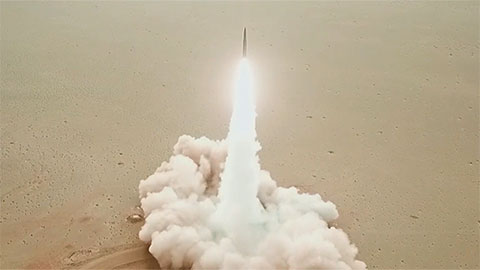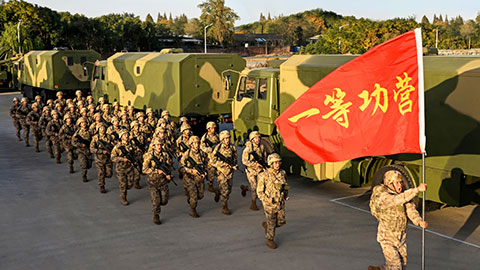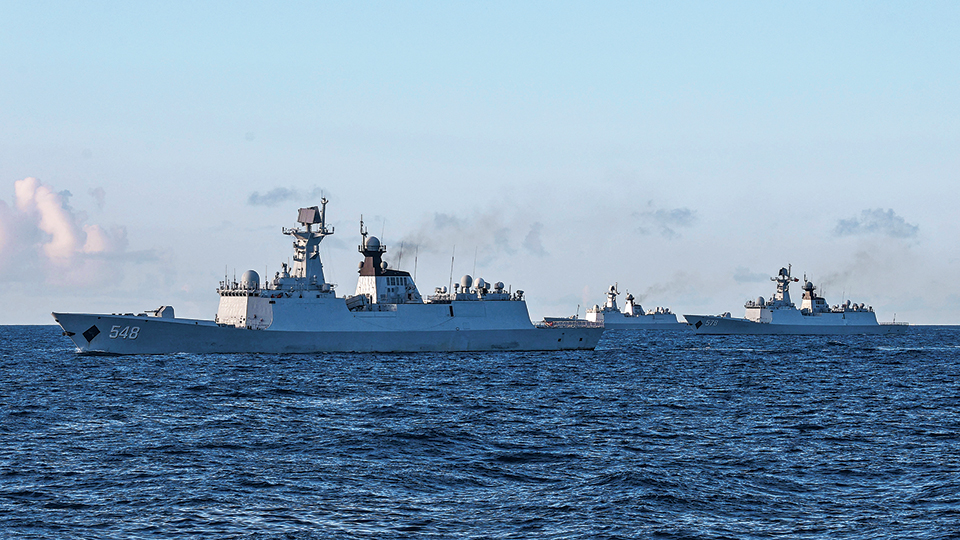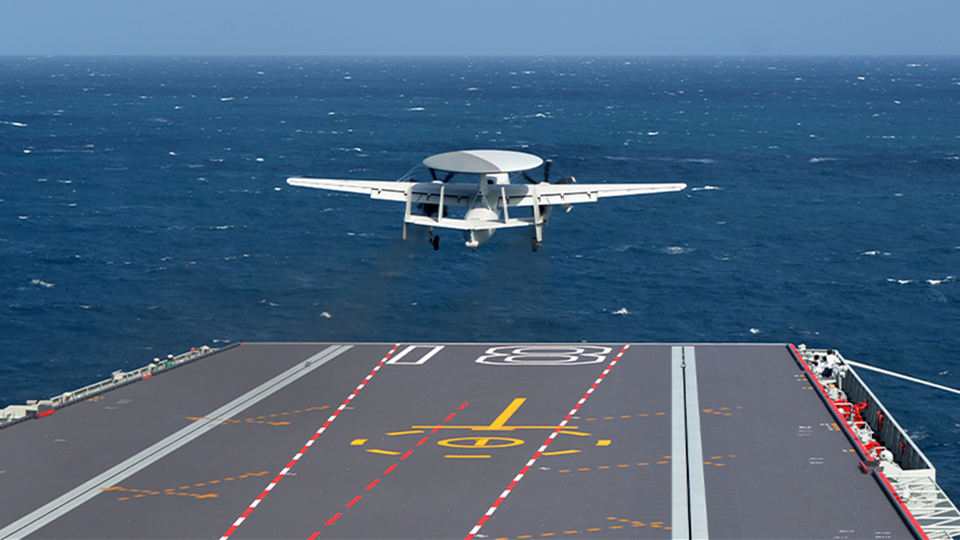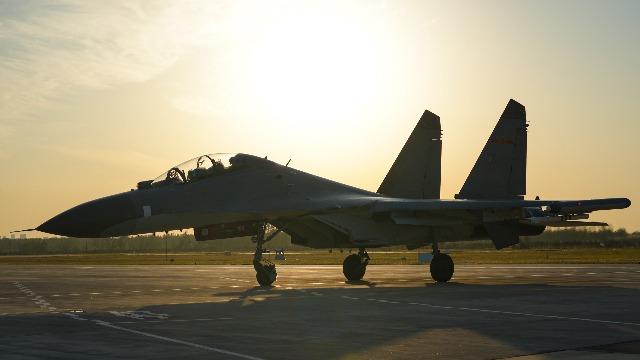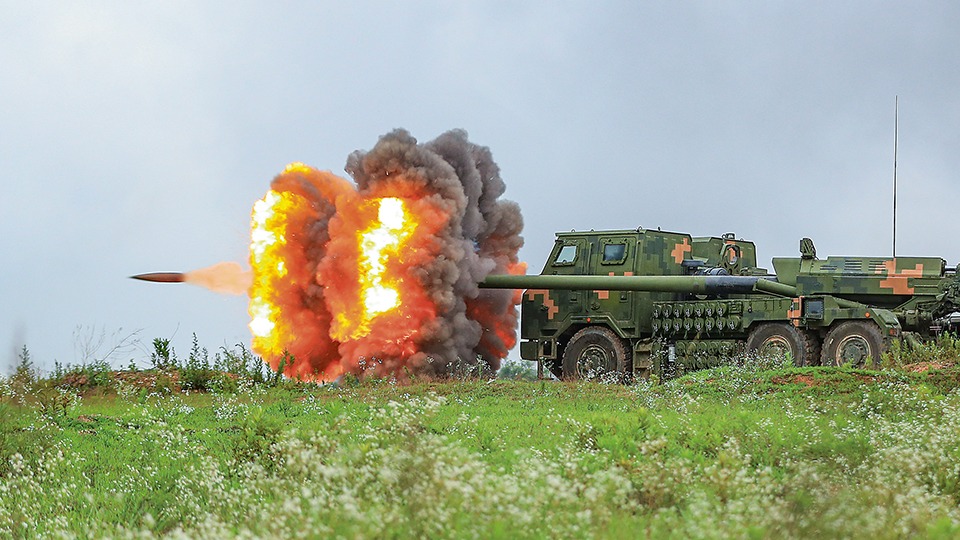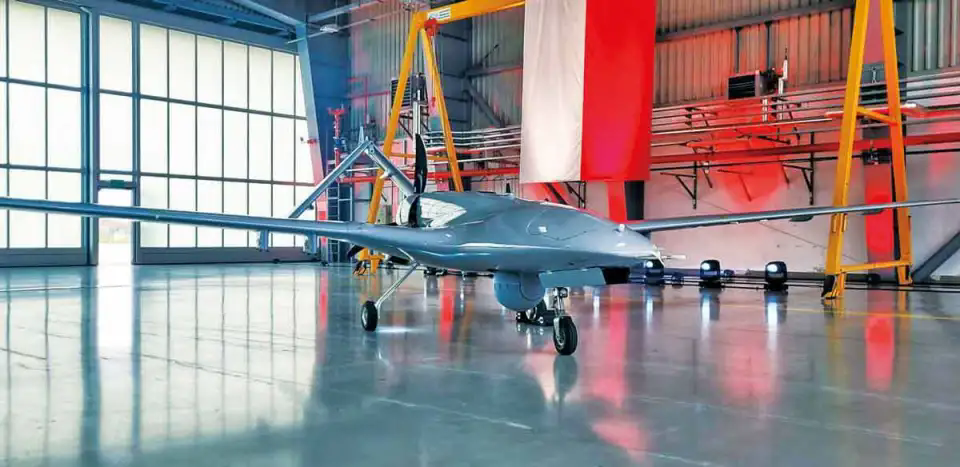
The picture shows a Turkish-made TB2 drone equipped by Poland.
By Liu Cheng
Recently, the interior ministers of six NATO countries, including Estonia, Latvia, Lithuania, Poland, Finland and Norway, jointly decided to build a "drone wall" on their eastern border. Each country will send drones to perform monitoring tasks and share information such as "threat infiltration" in real time to achieve regional integration of intelligence resources.
Lithuanian Interior Minister Agne Bilotaite said that the "drone wall" starts from Norway in the north and extends along the border between Finland and the three Baltic countries all the way to Poland. It will build an invisible defense wall through a full-coverage and no-dead-angle unmanned surveillance system.
Once the "drone wall" is established, the six NATO countries will form the world's first multinational drone joint force. This force will maintain border security by coordinating troop deployments, likely operating under a shift mechanism. In addition to deploying duty drones, these six countries also plan to deploy various anti-drone systems along their borders to enhance their counter-reconnaissance and counter-infiltration capabilities.
Analysts pointed out that the six NATO countries are eager to participate in the "drone wall" project because they have their own plans.
As the initiator, Poland views the project as part of its plans for "Europe's strongest army," "Europe's defense sentinel," and "war economy mode". Polish Prime Minister Donald Tusk announced a special fund to strengthen border security, and the Polish Ministry of National Defense has openly tendered for the procurement of multiple types of drones. Poland aims to enhance the influence of the so-called new European countries by participating in the "drone wall" project with other nations.
The three Baltic countries hope to strengthen their military capabilities through this initiative. Lithuania announced the formation of a drone unit within its State Border Guard Service. Estonia said it will advance a combat-reconnaissance integrated drone project and plans to introduce US-made drones. According to reports, due to their unique geographical location, the three Baltic states have always sought collective security within the NATO and EU frameworks, and the "drone wall" project will provide an opportunity for such cooperation.
As a non-EU member, Norway hopes to leverage this project to intervene in regional affairs and strengthen its presence. Additionally, as the "representative" of the US and other Western countries in Northern Europe, Norway aims to continue playing a significant role in the NATO-established security chain from the Arctic to Eastern Europe.
Finland, which joined NATO just over a year ago, hopes to continue expanding its role in European defense through this initiative and gain further support from the US and other countries.
The "drone wall" project is a reflection of the "blocization" trend of Europe. NATO's increasing military deployments in Northern and Eastern Europe will lead to a continued escalation of the regional arms race.
Recently, NATO announced the establishment of an additional headquarters for NATO ground forces in the city of Mikkeli in Finland. This command is on "24-hour high alert" and will take over the ground forces of Sweden, Norway, Finland, and other countries during wartime. Shortly thereafter, Finland announced the conversion of three key maritime traffic nodes in the eastern Gulf of Finland into "military border observation points," and it plans to work with Estonia to create an underwater "transportation line" across the Baltic Sea. As the "drone wall" project progresses, NATO's military deployments on its eastern flank will further escalate.
Within the EU, compared to traditional "old European countries" like France, Germany, and Italy, the "new European countries" like Poland and Finland tend to enhance their presence in regional affairs through collective efforts. The three Baltic states and several Nordic countries are gradually increasing their defense spending as a percentage of GDP. Following its announcement of a "record-breaking" arms purchase deal, Poland has also bought advanced air-to-ground missiles from the US. Under the influence of the "war economy mode", "new European countries" are expected to be pushed to the forefront of military confrontation.







